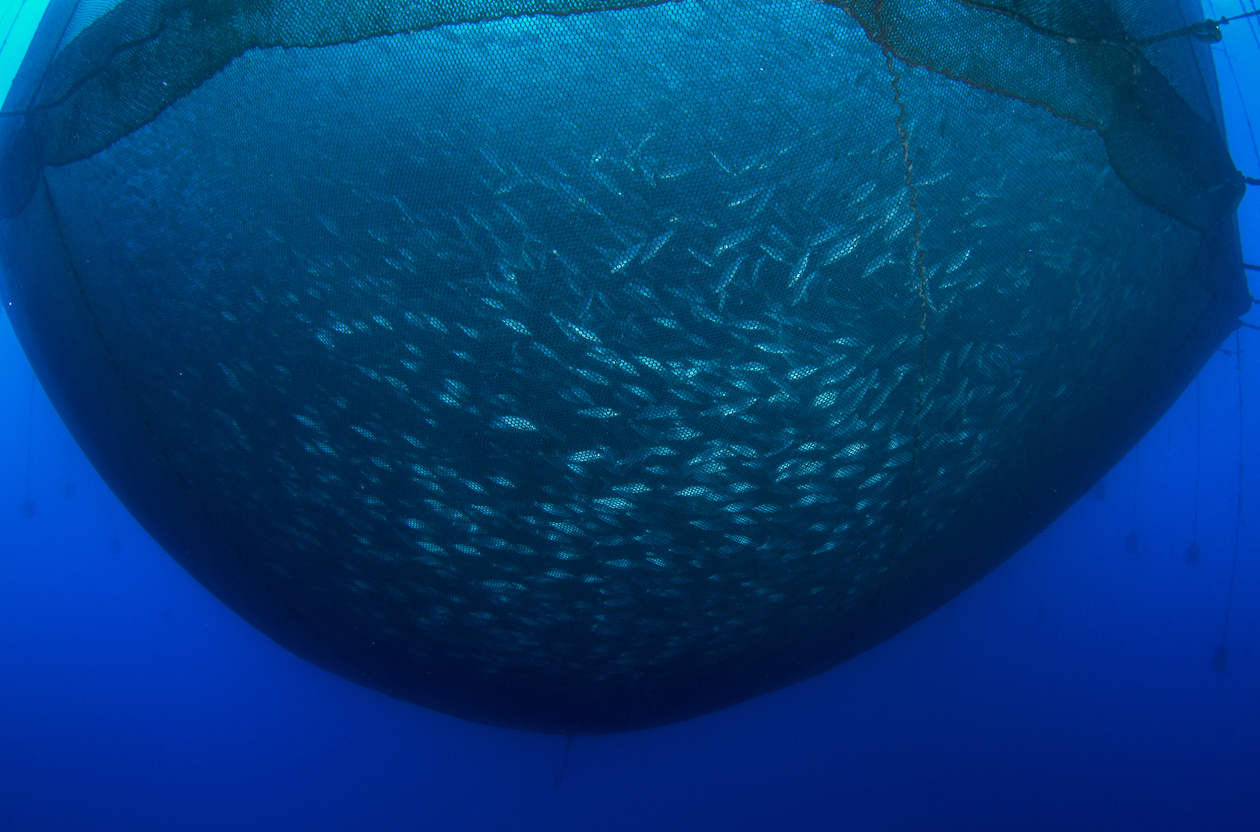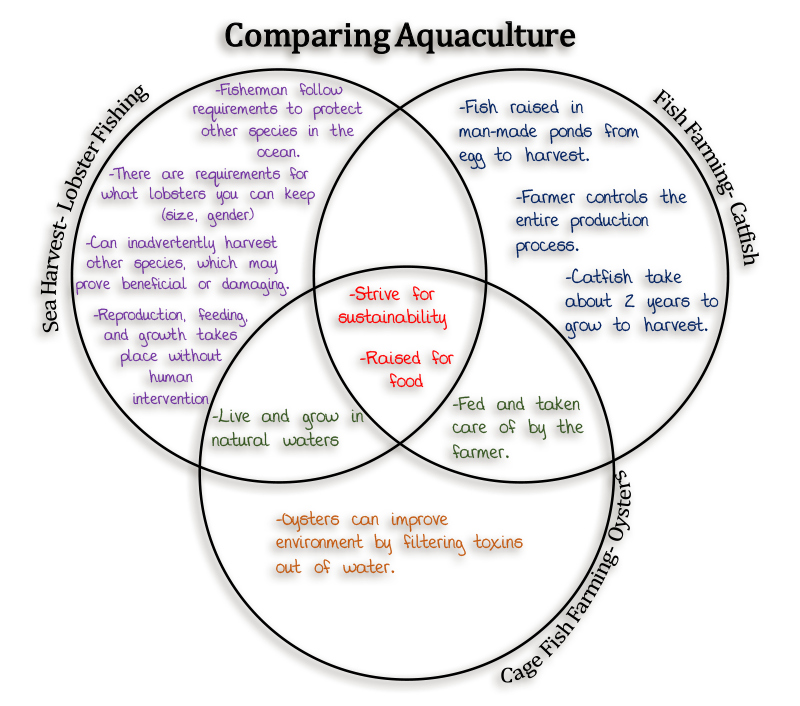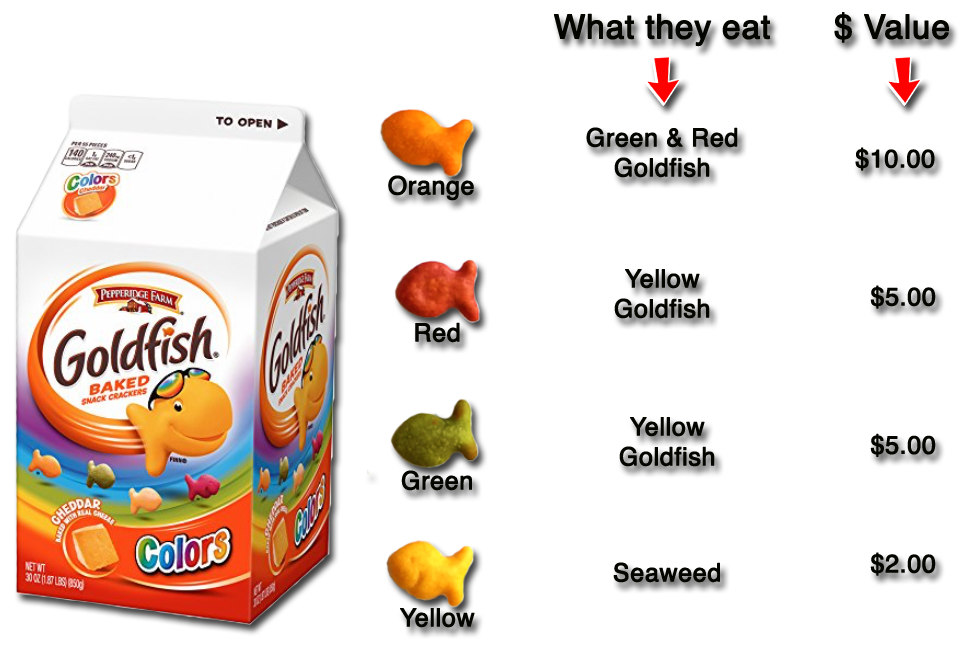Seafood (fish and shellfish) are a nutrient-dense source of dietary protein. Compared to other sources of protein, seafood is low in calories and saturated fat and rich in key nutrients including zinc, magnesium, phosphorous, potassium, and vitamins A, B12, and D. Seafood is also a primary food source of omega-3 fatty acids, EPA, and DHA.3 The American Heart Association and the Dietary Guidelines for Americans recommends eating two, 3.5 ounce servings of fish per week.4
The seafood we purchase at retail markets can come from a variety of sources. Aquaculture is the farming of aquatic organisms such as fish, crustaceans, mollusks, and aquatic plants. Fish-farming can involve raising fish commercially in tanks or other man-made enclosures such as ponds or concrete fish runs. These farms manage their water (flow, oxygen levels, etc.) and the growth of fish from the fertilization of eggs until harvest. Other fish farms follow similar principles, but use a cage system in a natural water source such as a lake or ocean. These farms use the same water and habitat as wild fish, but keep their fish in separate enclosures. Regardless of the type of system, it is considered a farm if humans manage the breeding, feeding, and growth of the fish. In the United States, trout and catfish are the most commonly farmed fish species. World-wide, the seafood most commonly farmed are shrimp and salmon.5
Some of the seafood we eat is supplied through fishing. This seafood is usually labeled as wild-caught and is harvested using nets, trawls, or other devices. Wild harvest commercial fishermen work closely with government agencies to help ensure that wild stocks are not overfished in US waters. The National Marine Fisheries Service identifies areas considered essential to living marine resources and regulates the use of these areas so that the habitats remain healthy, sustainable, and productive. Although many waters are managed through quotas on the number of fish that can be caught and restrictions on the size of fish that can be harvested, the breeding, feeding, and growth of the fish are not managed by humans in any way.
Many species of fish and shellfish can be raised on farms or caught from the wild. The dietary value of fish resulting from both (farmed or wild-caught) production methods is equal. In addition to a dietary comparison, a look at the environmental impacts of each system is critical to maintaining the long-term sustainability of fish farming and wild-caught fisheries. It is estimated that wild-caught fisheries have reached their maximum sustainable yield, while the world's appetite for seafood is growing.6
One solution to this challenge is the aquaculture industry, which can satisfy the growing demand for seafood in an environmentally friendly and sustainable manner. US aquaculture operations raise fish such as trout, tilapia, barramundi, and cobia that can replace more familiar species on menus yet still meet customers' wants and needs. Other farms are raising traditional marine species such as cod, flounder, and halibut. The availability of these species from farms allows consumers to access their favorite seafood while wild fish stocks recover.
Another example of aquaculture providing positive environmental impacts is the production of bivalve mollusks, such as clams, oysters, and mollusks. These shellfish remove nutrients from the water by feeding on algae and particulate matter. This helps maintain good water quality and minimizes the loss of critical oxygen. While farmed shellfish are growing, they spawn and help to reseed wild shellfish beds. Due to their unique structure, bivalve mollusks provide habitats and hiding places for other organisms, adding to the biodiversity of the marine ecosystem. These impacts are so important that, in some areas, community volunteers are restoring oyster and clam populations.


